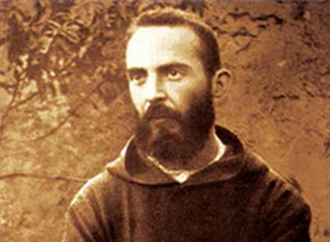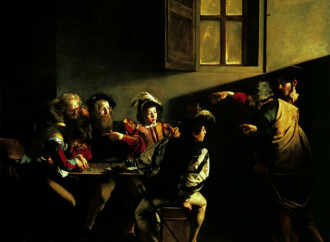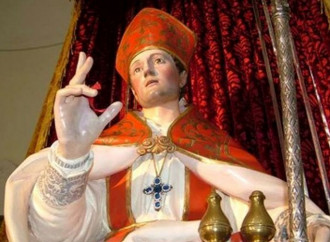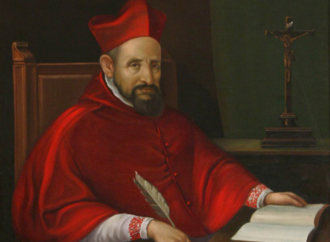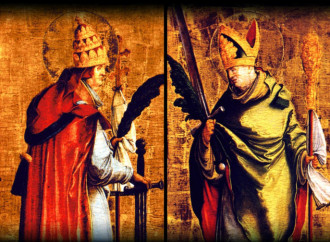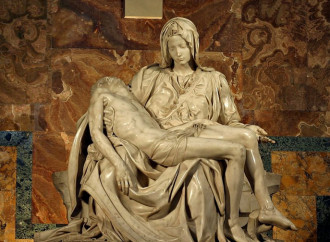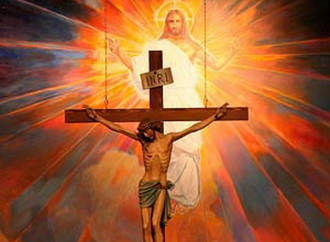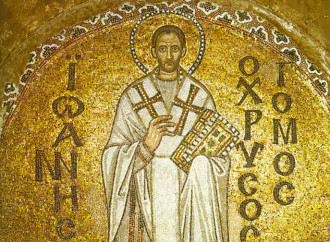Saint Pio of Pietrelcina
“The fate of the chosen souls is to suffer”, said Saint Pio of Pietrelcina, raised in a devout family that recited the Rosary together every evening
Saints Maurice and companions
The oldest written source on the martyrdom of St Maurice (†287) and his companions of the Theban Legion, led by him, is the Passio Agaunensium martyrum
Saint Matthew
First publican, then apostle and evangelist, and finally saint...
Korean Holy Martyrs
The edict of King Sunjo in 1802 ratified the persecutions that had already been taking place since the end of the 18th century
Saint Januarius
Januarius was Bishop of Benevento. Traces of his veneration exist in several ancient sources. His martyrdom took place at the beginning of the 4th century, during Diocletian's persecutions.
Saint Joseph of Cupertino
Even more than for his infused science, he became known for his levitations, which he would have liked to conceal.
Saint Robert Bellarmine
He was one of the most erudite men of his time, a strenuous defender of Catholic orthodoxy after the divisions caused by the Protestant Reformation
Saints Cornelius and Cyprian
The Church commemorates the martyred saints Cornelius (c. 180-253) and Cyprian (210-258) on the same day, as their lives were intertwined during a critical period for Christianity
Our Lady of Sorrows
Devotion to Our Lady of Sorrows gained particular impetus in the late Middle Ages
Exaltation of the Holy Cross
From the East, where it is celebrated with a solemnity equal to Easter, the feast of the Exaltation of the Holy Cross arrived in the West and in particular in Rome, where it is attested before the end of the 7th century.
Saint John Chrysostom
He is one of the great Greek-speaking Fathers who was proclaimed Doctor of the Church by St Pius V in 1568. Many pontiffs exhorted theologians and faithful to imitate his virtues
Most Holy Name of Mary
In the light of faith, it seems that Divine Providence wished to make elusive the exact meaning of the name of its supreme creature - chosen from all eternity to become the Mother of God - and that the many meanings are accompanied by many graces.

